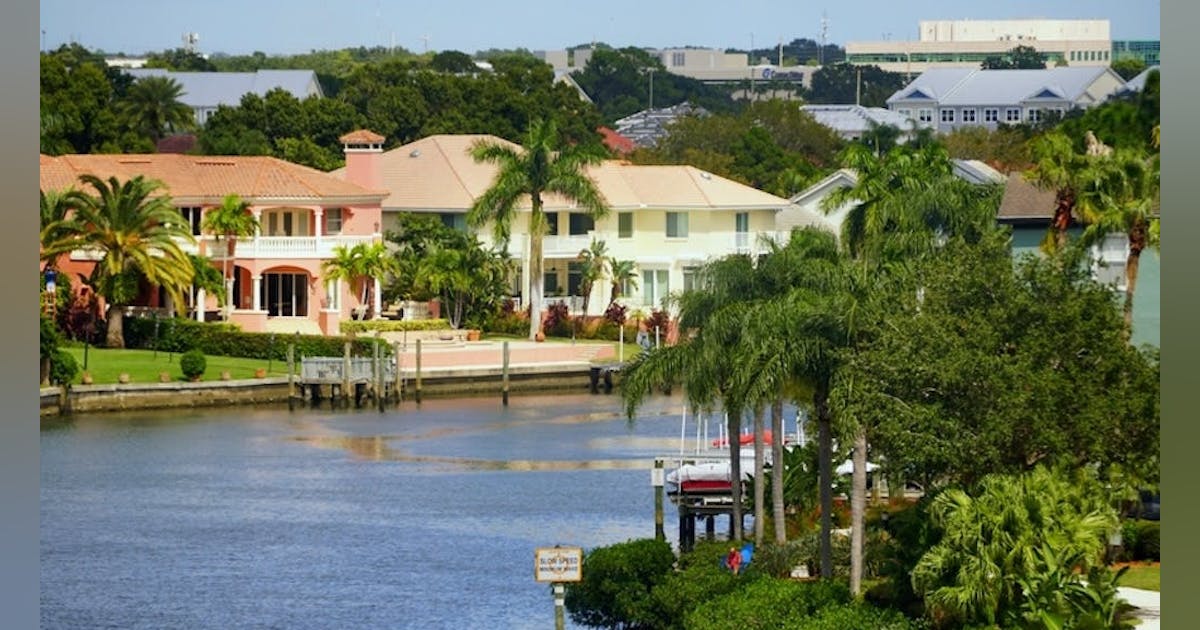Becoming a homeowner can be challenging, and high property taxes only add to the hurdles homebuyers face. According to analysis by online lending marketplace LendingTree, between 2021 and 2023 property taxes rose by an average of 10.4% nationally to a median $2,969 annually (about $247 per month).
Property taxes are an ongoing cost of homeownership that affects housing affordability for both mortgage holders and those without a mortgage. LendingTree’s analysis shows that homeowners without a mortgage paid a median property tax of $2,474, while those with a mortgage paid $3,343.
How did the property tax increases shake out across the nation?
Driven by rising home prices, all 50 of the largest U.S. metros saw property taxes increase, with just 11 metros seeing hikes that remained below the 10.4% national average.
The biggest increases:
Tampa, Fla., Indianapolis, and Dallas, saw the greatest increases at 23.3%, 19.8%, and 19%, respectively. Jacksonville, Fla., followed in fourth place (18.7%), with Atlanta and Miami tied for fifth at 18.6%.
Of the metros surveyed, Tampa’s increase was the largest. Florida doesn’t collect income tax, so it relies on property and sales taxes to generate the state’s revenue.
According to LendingTree, Florida taxes will continue to rise: “In 2024, voters in Hillsborough County — which includes Tampa — OK’d a property tax increase of $1 per every $1,000 in assessed value to improve teacher pay and school programs.”
The smallest hikes:
Property tax increases in Pittsburgh, Philadelphia, and Milwaukee were not as extreme, rising by 4.4%, 8.2%, and 8.3%, respectively.
So, where are median property taxes highest and lowest?
Of the 50 largest metros, New York, San Jose, Calif., and San Francisco have the highest property taxes:
- New York ($9,937)
- San Jose ($9,554)
- San Francisco ($8,156)
And Birmingham, Ala., has the lowest ($1,091), followed by Memphis, Tenn., ($1,856) and Louisville, Ky., ($1,912). See where other metros rank







